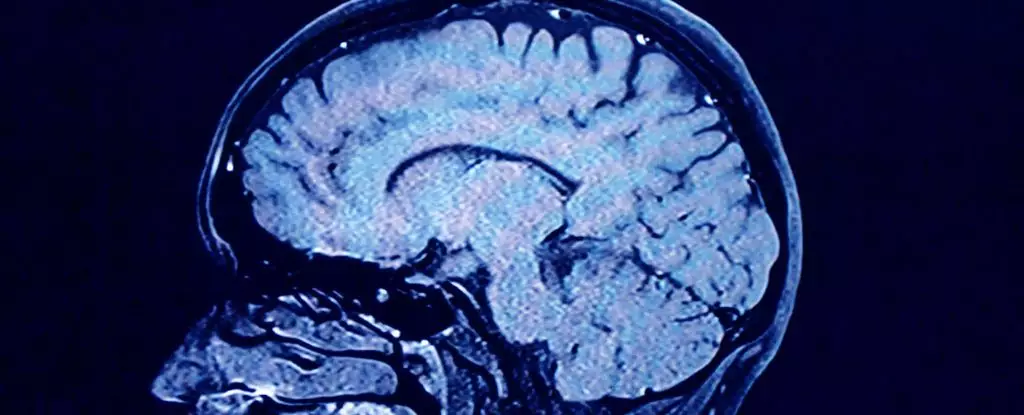An estimated 5-10% of individuals who contract COVID-19 experience long COVID, a condition where symptoms linger for three months or longer post-infection. This phenomenon has created a significant public health issue, as it appears to affect various age groups, with studies indicating its most notable impact among those aged 30 to 49. While research has explored various potential biological explanations for long COVID, recent discussions within the medical community suggest that viral persistence may play a pivotal role in many cases.
Viral persistence refers to the continued presence of the SARS-CoV-2 virus or its components within the body long after the initial infection. Initial reports indicated that remnants of the virus could remain in different tissues and organs, leading to symptoms that resemble those of ongoing infection. Although much focus has been placed on identifying the threshold between viral remnants and live virus, current evidence leans towards the latter being a significant contributor to long COVID. Identifying whether live viral particles are present is vital, as they can potentially be targeted and treated differently compared to non-replicating fragments.
Multiple studies have highlighted the implications of viral persistence. For instance, individuals deemed immunocompromised may be particularly susceptible to viral reservoirs, which not only prolong their symptoms but also represent a breeding ground for new variants. Such variants, like JN.1, are indicative of the virus’s adaptability and persistence and underline the importance of addressing persistent infections in the broader population.
A compelling body of research supports the notion that viral persistence may be responsible for long COVID symptoms. For example, a notable February study published in Nature discovered that many patients with mild initial symptoms exhibited extended shedding of viral RNA from their respiratory tracts. This prolonged viral shedding, often indicative of live virus presence, correlated strongly with the likelihood of developing long COVID symptoms. Additionally, other studies identified replicating viral RNA and proteins in blood samples retrieved from patients long after their initial infection, implicating hidden reservoirs within the body.
Another critical piece of research demonstrated the presence of viral RNA across ten different tissue sites, reinforcing the suspicion that the gastrointestinal tract could serve as one of the primary concealment locations for the virus. Such findings contribute to the mounting case for considering persistent viral presence as a primary source of long COVID symptoms. They facilitate a deeper understanding of where to direct therapeutic interventions and how best to manage patients suffering from this condition.
Despite the compelling evidence pointing to viral persistence, conclusive proof of live virus remaining in the body over the long term remains elusive. Isolating the virus from its hidden reservoirs is fraught with challenges that slow progress. However, this should not deter the scientific community; instead, it underscores the urgency to expedite trials of known antiviral treatments and explore unconventional therapies, such as the diabetes medication metformin, which may provide dual benefits in alleviating long COVID symptoms.
Moreover, the landscape of therapeutics needs to evolve, necessitating both innovation and investment. By establishing clinical trial platforms capable of rigorous testing, we can unveil new treatment regimens that might yield substantial benefits for long COVID sufferers. As the notion of “long infection” gains traction, it stands to reshape public understanding of the condition and its implications.
Raising awareness about the persistent nature of COVID infections is crucial. It is essential for the general public to understand that repeated infections, not only the initial bout with COVID-19, increase the risk of developing long COVID. This awareness can drive better practices in minimizing exposure to the virus, emphasizing improved indoor air quality through ventilation and air filtration, consistent use of high-quality masks in crowded settings, and regular testing for positive cases.
Current COVID-19 vaccinations also play an essential role. Research indicates that vaccines can effectively reduce the risks associated with long COVID, highlighting the necessity of booster doses alongside preventive lifestyle choices.
Hope persists for breakthroughs in the management and eventual treatment of long COVID. A comprehensive understanding of its underlying mechanisms, particularly the potential role of viral persistence, is imperative as we work towards more effective therapies. Clinicians are urged to acknowledge and validate the experiences of patients suffering from this condition, ensuring they receive the necessary support and access to existing treatments.
The battle against long COVID is multifaceted, requiring collaboration between researchers, clinicians, and the public. Armed with knowledge about its potential underlying causes and implications for health, we can better navigate this ongoing public health challenge.

